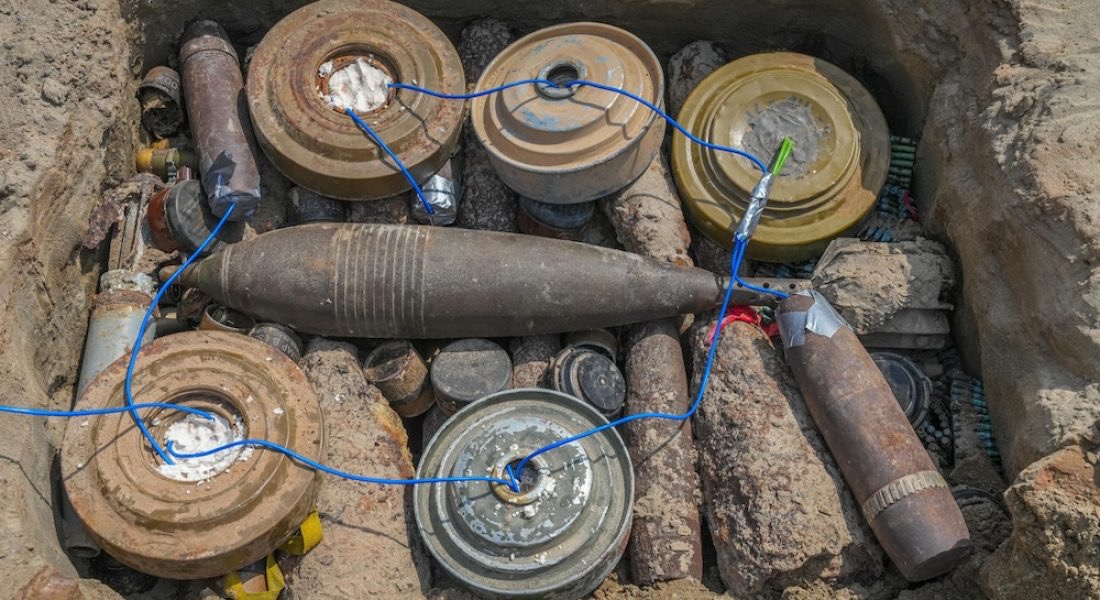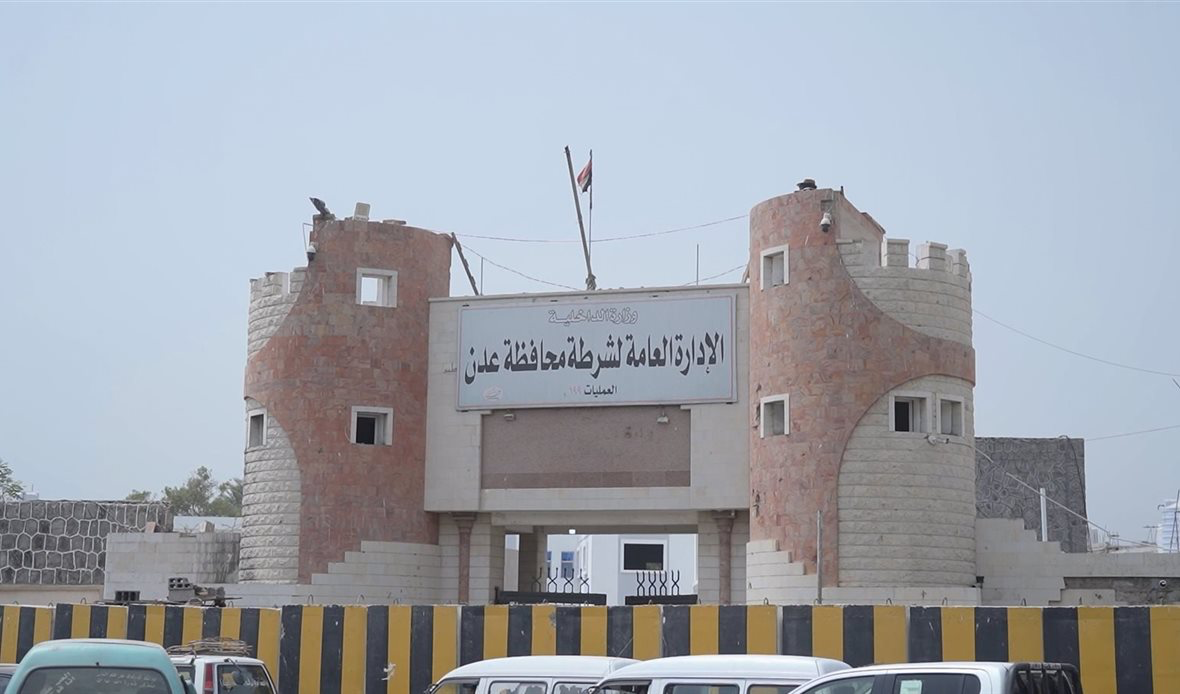
Barran Press
The Iran-aligned Lebanese group Hezbollah announced on Saturday the death of its Secretary-General, Hassan Nasrallah, just hours after Israeli forces claimed to have successfully carried out an operation to assassinate him.
This announcement comes on the fourth day of targeted Israeli airstrikes aimed at Hezbollah leaders, weapon depots, and logistical operations in the group’s stronghold in southern Beirut, resulting in dozens of casualties among both militants and civilians.
Hassan Nasrallah, who has been at the helm of Hezbollah since February 16, 1992, succeeded Abbas Mousawi, who was assassinated by Israel in a missile strike.
Early Life and Education
Born on August 31, 1960, in the town of Bazouryia in southern Lebanon, Nasrallah married Fatima Yassin and has five children: Hadi, Zainab, Muhammad Jawad, Muhammad Mahdi, and Muhammad Ali. His eldest son, Hadi, was killed in 1997 during clashes with the Israeli army and his remains were retrieved in a prisoner exchange in 1998.
Nasrallah received his primary education at the "Kifah" school in Beirut and continued his studies at the "Educational Secondary" school in Sin El Fil. Following the outbreak of the Lebanese Civil War in 1975, his family returned to Bazouryia, where he completed his secondary education.
In 1976, at the age of 16, he joined a Shiite seminary in Najaf, Iraq, where he studied under Abbas Mousawi. Due to increasing governmental control in Iraq, Nasrallah returned to Lebanon in 1978 and enrolled in the Imam Al-Mahdi seminary in Baalbek, founded by Mousawi.
In the late 1980s, he traveled to Iran to further his religious education in Qom, returning to Lebanon a year later.
Political Career
Nasrallah joined the Amal Movement during his secondary education and later became its organizational leader in Bazouryia. After returning from his studies in Iraq, he resumed his political activity, becoming the political supervisor for the Bekaa Valley in 1979.
In 1982, he left Amal with several officials to join the newly formed Hezbollah, where he was responsible for mobilizing resistance fighters and establishing military cells.
By 1985, he moved to Beirut, quickly rising through the ranks to become the city’s leader and then the party’s executive officer before being elected Secretary-General in 1992.
Leadership and Early Conflicts
Under Nasrallah’s leadership, Hezbollah executed military operations against Israel, culminating in Israel’s withdrawal from southern Lebanon in 2000 after 22 years of occupation. Nasrallah played a crucial role in a major prisoner exchange with Israel in 2004, which was hailed as the largest between the two parties.
His popularity soared during the July 2006 war, which lasted 33 days and ended with Israeli forces retreating from southern Lebanon, enhancing his status in the Arab and Islamic worlds.
Decline in Popularity
However, Nasrallah's popularity began to wane shortly after the 2006 conflict, particularly following the events of 2011. While he supported popular uprisings in Tunisia, Egypt, Libya, Bahrain, and Yemen, he adopted a contradictory stance on the protests in Syria, siding with the Assad regime, which he viewed as an ally in the Iranian-led "Axis of Resistance."
In April 2013, Nasrallah publicly acknowledged Hezbollah’s involvement in suppressing protests in Syria and fighting alongside Syrian government forces in various regions. This admission sparked outrage and significantly damaged his credibility among many observers, who felt Hezbollah had revealed its sectarian agenda by backing Assad against the Syrian people.
In February 2015, he addressed thousands of supporters, announcing Hezbollah's involvement in battles against ISIS in Iraq, framing it as a "modest presence," amidst accusations of the group participating in sectarian conflicts under political banners that aligned with Western concerns.
Internal Strife and Repression
Despite Hezbollah's official stance denying any internal enemies within Lebanon, its political and military actions tell a different story. The group has faced severe criticism for its involvement in internal conflicts, notably during the events of May 7, 2008, when clashes erupted in Beirut.
Many Lebanese view Hezbollah as a "proxy for Iran" and accuse it of functioning as a "state within a state." Furthermore, the group has played a role in suppressing popular protests in Beirut against rising prices and deteriorating living conditions.
Intervention in Syria
Hezbollah has openly supported the Syrian regime in quelling the uprising that began in 2011, which called for the ousting of President Bashar al-Assad and improvements in civil liberties and living standards. Over the past decade, Hezbollah has participated in the brutal war waged by the Syrian government against its own people, committing numerous atrocities in various towns and cities.
The group's actions have resulted in the displacement of millions of Syrians, driving them to risk perilous journeys to Europe. These actions have drawn significant condemnation towards Hezbollah and its leadership, particularly Nasrallah.
Involvement in Yemen
In addition to its operations in Syria, Hezbollah has been instrumental in supporting the Houthi movement in Yemen. The group backed the Houthis' rebellion against the Yemeni government, which culminated in their takeover of the capital, Sana'a, in late 2014.
Hezbollah has provided financial, military, and media support to the Houthis, deploying fighters and experts to assist on the ground. Over the past three years, leaked recordings have surfaced showing Hezbollah leaders training Houthi fighters in Sana’a, further solidifying its commitment to the Iranian agenda in the region.
Since 2015, the war in Yemen has frequently featured in Hezbollah's rhetoric, especially regarding the Houthis' battles for control of Marib, with Nasrallah asserting that the consequences of this conflict would have significant ramifications for Yemen and the broader region.
A Hesitant Stance
Nasrallah resurfaced in the public eye following the launch of the Palestinian resistance's "Operation Al-Aqsa Flood" on October 7, 2023, which targeted Israeli settlements. In response, he declared the opening of a "front in southern Lebanon to support the resistance." However, the response was limited to minor skirmishes that had little impact on the overall conflict, leading many to label it as a superficial gesture aimed at rehabilitating Hezbollah's image.
This stance has faced widespread criticism across the Arab and Islamic worlds, with many asserting that Hezbollah's actions were insufficient. Observers noted a lack of escalation in Hezbollah's military operations against Israel, particularly in light of the ongoing Israeli assault on Hezbollah's leadership and positions in southern Lebanon, which ultimately led to Nasrallah's death.
His end
On September 27, 2024, the Israeli military announced it had targeted what it described as Hezbollah's central headquarters in southern Beirut, claiming the strike aimed to assassinate Nasrallah. The following day, Hezbollah confirmed his death, vowing to continue its struggle against the enemy in support of Gaza and Palestine, while defending Lebanon. With this, Nasrallah's 32-year leadership of the Iran-aligned group comes to a close.
This announcement of his assassination arrives amidst ongoing French and American efforts to negotiate a temporary ceasefire in southern Lebanon, aimed at facilitating diplomatic solutions to the escalating crisis.





